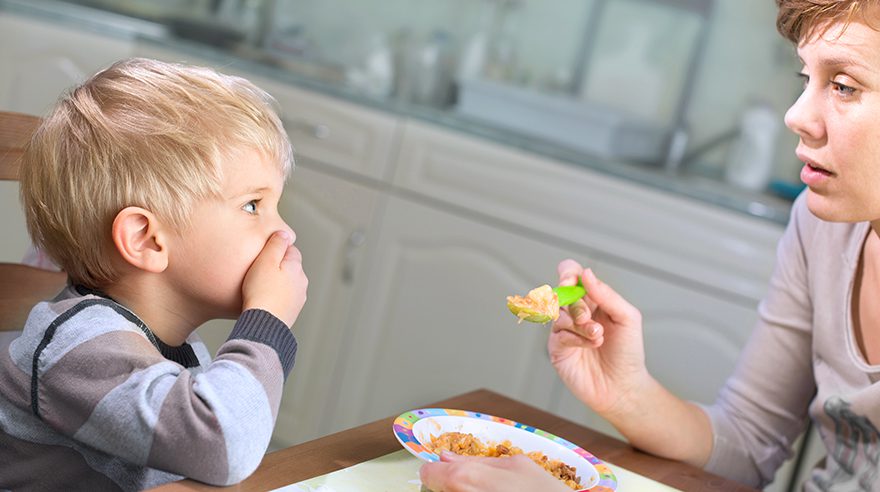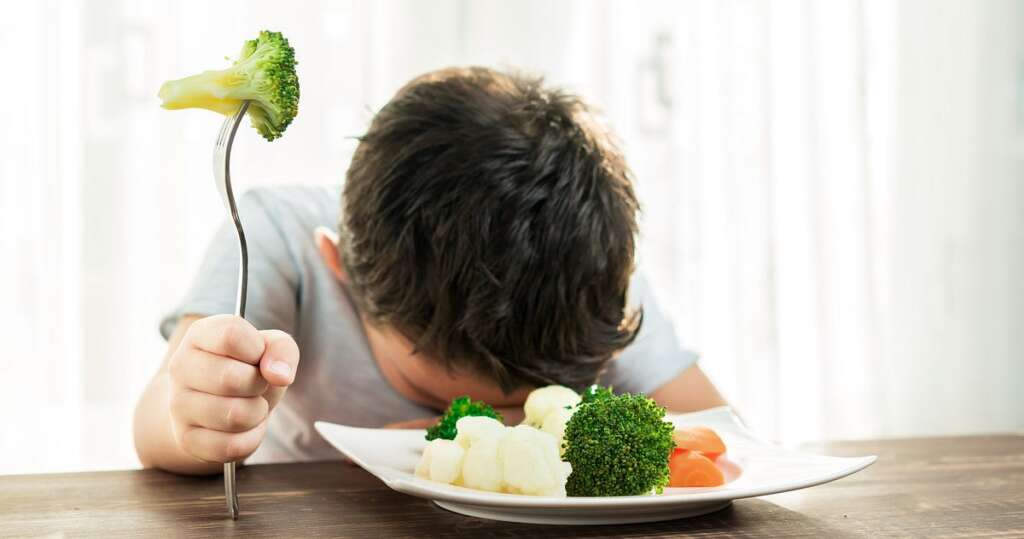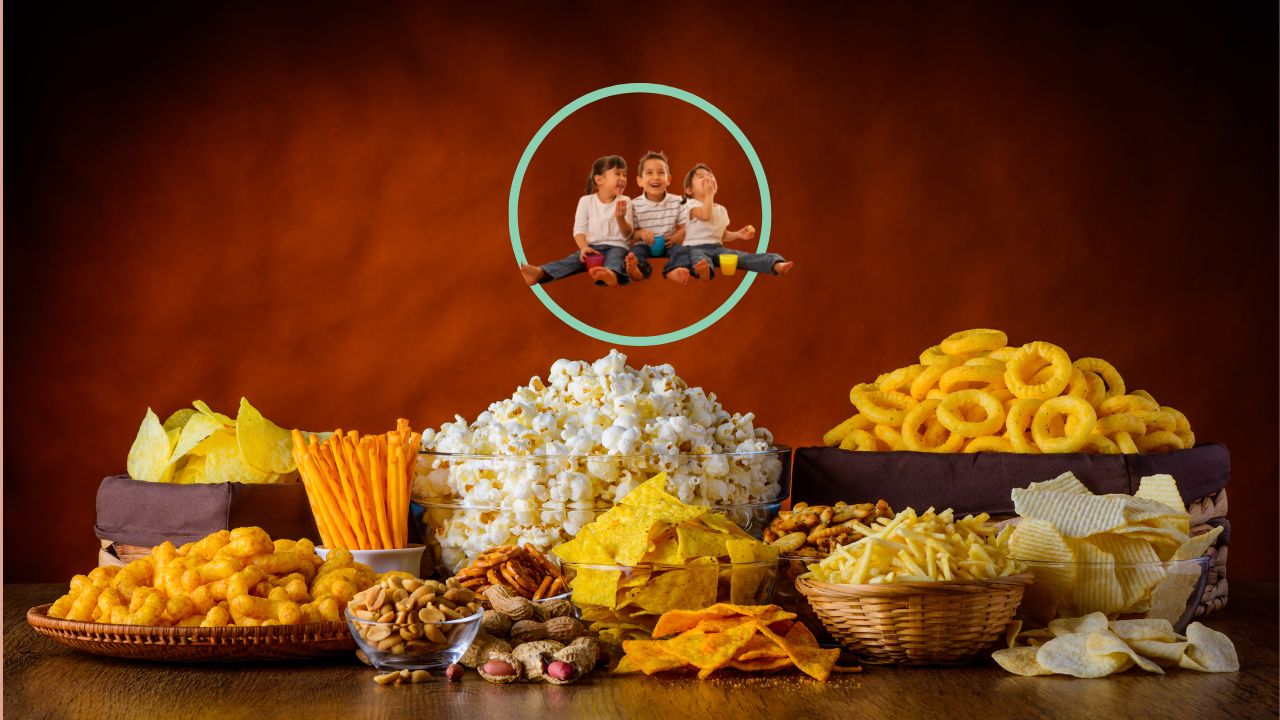Toddlers and their quirky behaviors during mealtime often leave parents scratching their heads. One such perplexing habit is the tendency of toddlers to hold food in their mouths. In this blog, we’ll delve into this common behavior, unraveling the reasons behind it and offering insights into how parents can navigate this phase with ease.
Understanding the Behavior

Why Do Toddlers Hold Food in Their Mouths?
Toddlers are curious creatures, and their behaviors often reflect their exploration of the world around them. Holding food in their mouths is no exception. This behavior can be attributed to various factors, including a desire for control, a sensory exploration phase, or simply a developmental milestone.
Developmental and Psychological Aspects
Digging deeper, it’s essential to understand the developmental and psychological aspects contributing to this behavior. Toddlers are at a stage where they are discovering their autonomy, and holding food might be a way for them to exert control over their surroundings. Additionally, the sensation of different textures and tastes can be intriguing for their developing senses.
Challenges Faced by Parents

The Struggles of Dealing with Food-Holding Toddlers
Parents face a myriad of challenges when their toddlers adopt the habit of holding food during mealtimes. Picture this: a carefully prepared meal met with resistance as your little one clutches a piece of broccoli in their tiny fist. Frustration ensues, both for the child and the parents. From concerns about nutrition to the inevitable mess, this behavior poses hurdles that many parents can relate to.
Anecdotes from the Parenting Trenches
To put these challenges into perspective, let’s explore some common scenarios parents often encounter. Imagine negotiating with a toddler who insists on keeping a mouthful of pasta while attempting to introduce a new vegetable to their plate. These battles can turn mealtimes into a battleground, leaving parents feeling defeated and unsure of how to handle the situation.
Coping Mechanisms

Coping with Food-Holding Toddlers: A Practical Guide
Fortunately, there are effective coping mechanisms to navigate this phase with grace and patience. Here’s a guide for parents facing the food-holding conundrum:
Implementing Patience and Understanding During Mealtimes
One of the key strategies is to approach mealtimes with patience and understanding. Toddlers are still learning about food, their preferences, and the social dynamics of eating. Instead of viewing the food-holding behavior as defiance, consider it a part of their exploration process. Engage with them positively, encouraging them to express their preferences.
Creating a Positive and Engaging Mealtime Environment
Transforming mealtimes into a positive and engaging experience can work wonders. Introduce colorful plates, involve your toddler in meal preparation (even if it’s just stirring a bowl), and use mealtimes as an opportunity for bonding. When children associate positive emotions with eating, they are more likely to embrace the experience without the need to hold onto their food as a form of resistance.
Introduce Bite-Sized and Finger-Friendly Options
Toddlers love autonomy, and offering them bite-sized and finger-friendly food options can empower them during mealtimes. Provide a variety of textures and flavors, allowing them to explore different tastes at their own pace. This not only minimizes the urge to hold food but also encourages independent eating.
Establish Consistent Mealtime Routines
Consistency is key when dealing with toddler behaviors. Establishing regular mealtimes helps create a sense of predictability for your child. When they know what to expect, they are more likely to engage in the meal without resorting to holding food as a means of asserting control.
Seek Professional Guidance if Necessary
If the food-holding behavior persists and becomes a source of significant stress for both the child and parents, seeking guidance from a pediatrician or a child development specialist is advisable. They can offer personalized advice based on the child’s unique needs and help address any underlying concerns.
Positive Reinforcement Techniques
Mealtime with toddlers can be a challenging adventure, especially when they develop the habit of holding food in their mouths. In this section, we explore the power of positive reinforcement as a strategy to encourage healthier eating habits.
The Magic of Positive Reinforcement
Positive reinforcement involves rewarding desired behaviors to encourage their repetition. In the context of toddlers holding food, it can be a game-changer. Celebrate each bite without holding, and watch as your child begins to associate mealtime with positive experiences.
Specific Techniques
- Praise and Encouragement: Verbally acknowledge your toddler’s efforts to eat without holding food. A simple “Great job!” can go a long way.
- Use of Rewards: Consider a reward system for successful mealtimes, such as a small treat or extra playtime.
- Create a Positive Environment: Ensure the dining area is pleasant and engaging, making mealtime an enjoyable experience.
Establishing Mealtime Routines

Consistency is Key
Consistent mealtime routines play a pivotal role in breaking the habit of holding food. Establishing a structured schedule helps create predictability, making mealtimes less stressful.
Crafting Enjoyable Mealtime Experiences
- Designated Eating Spaces: Create a dedicated space for meals, promoting a focused atmosphere.
- Engaging Activities: Incorporate age-appropriate activities to make mealtime enjoyable, such as storytelling or playing soft music.
Encouraging Independence

Toddler Autonomy and Eating Habits
Independence is crucial for a toddler’s development. Fostering autonomy during meals not only promotes healthy eating but also contributes to overall well-being.
Tips for Encouraging Self-Feeding
- Age-Appropriate Utensils: Provide utensils suitable for small hands, encouraging self-feeding.
- Serve Finger Foods: Opt for bite-sized, toddler-friendly foods that are easy to handle.
Addressing Nutritional Concerns

Nourishing Your Toddler
While addressing the habit of holding food, it’s essential to ensure your toddler receives adequate nutrition.
Overcoming Nutritional Challenges
- Diversify the Diet: Offer a variety of nutrient-rich foods to compensate for potential nutrient gaps.
- Consult with a Pediatrician: Seek professional advice to develop a nutritionally balanced plan tailored to your toddler’s needs.
Seeking Professional Help
Knowing When to Seek Guidance
Understanding when to seek advice from healthcare professionals is crucial for addressing persistent challenges.
Signs that Require Professional Attention
- Extreme Refusal to Eat: If your toddler consistently refuses to eat or shows signs of distress during meals.
- Weight Loss or Lack of Growth: Persistent holding of food leading to weight loss or lack of expected growth.
Conclusion
Patience, Positive Reinforcement, and Consistency
In conclusion, overcoming the challenge of toddlers holding food requires a combination of patience, positive reinforcement, and consistency. By implementing these strategies, you can transform mealtimes into enjoyable experiences while nurturing healthy eating habits for your little one. Remember, each small victory brings you closer to success in this journey of mastering mealtime with your toddler.





